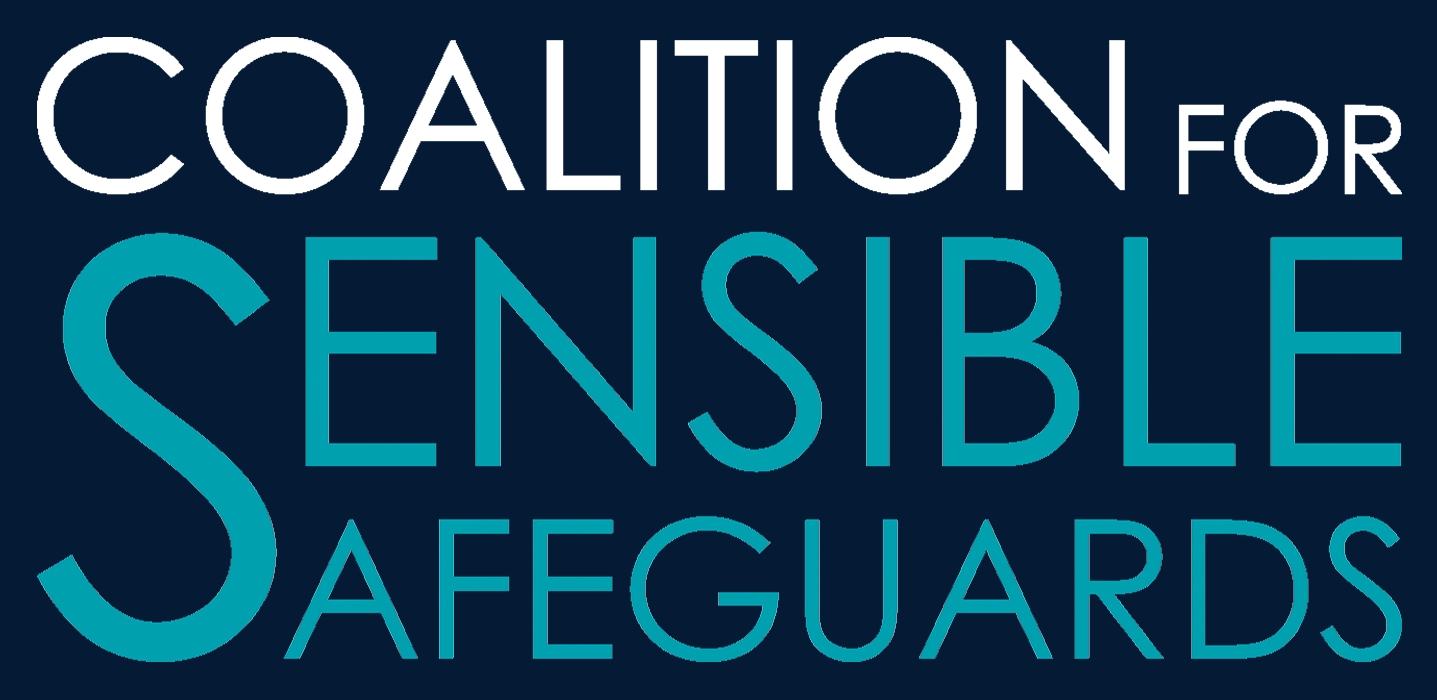A Recipe for Disaster
By Jessica Knoblauch, Earthjustice
Ever wonder what “artificial flavor” means when you look at the list of ingredients? In some cases, it means chemicals that are known to cause cancer in animals and could cause cancer in humans.
For years, the Food and Drug Administration (FDA) has allowed food manufacturers to use seven such flavor additives. These flavorings can be used in a wide variety of processed foods and are found in everything from baked goods and alcoholic beverages to candy and ice cream to make them fruitier, tangier and nacho-cheesier. (One of the flavors is even described as adding a “picnic-inspired…citrus, fruity mango note” or a “sweet woody note” to beer and other beverages.) Basically, if you’ve ever eaten a food that didn’t grow directly from the ground, it could easily contain one of these potentially harmful flavorings.
We don’t think that’s right.
And Congress doesn’t think so, either. That’s why it has clearly prohibited the FDA from approving for use as a food additive any chemical known to induce cancer in animals or humans. And that’s why Congress has also demanded the FDA move quickly on any petition concerning food additive safety.
But the FDA has not listened to Congress, so we’re suing the agency to enforce the law. And we’re representing a wide range of organizations, including the Center for Environmental Health, Breast Cancer Prevention Partners and WE ACT for Environmental Justice, which petitioned the FDA to revoke its approval for these seven ingredients in 2015.
“I wish I could assume that packaged foods were fully vetted for safety before arriving on store shelves, but I know better,” says Tina Eshaghpour of the Center for Environmental Health. “I don’t have time to make everything that my family eats from scratch, so I’ll continue to risk exposure to the cancer-causing flavors at issue. I try to be careful, but I don’t think I can protect myself and my family from consuming foods that contain those flavors.”
Castedy Castro from WE ACT added, “I don’t think it’s right for companies to put people at risk of exposure to flavors that cause cancer. The FDA should do its job and make sure that food is safe before it ends up at stores.”

Since the agency first approved these ingredients in the 1960s, multiple scientific authorities like the U.S. National Toxicology Program and the World Health Organization’s International Agency for Research on Cancer have linked these food flavorings to cancer.
So why are flavorings added to foods in the first place? After all, doesn’t food already have flavor?
Real foods like fruits and vegetables do have flavor—and for a very good reason. Flavor often signals nutrition, explains journalist Mark Schatzker in his book The Dorito Effect. Over thousands of years, humans have learned to connect certain flavors like the sweetness of a strawberry to the essential nutrients that those flavors signal.
But now that so much of our food is manufactured—about 60 percent of what Americans eat is considered “ultra-processed”—food scientists need to add flavor. And they can create artificial flavorings, so our bodies can be tricked into eating foods that signal nutrition but don’t actually provide any.
Food scientists can also create flavors that make our mouths water or that don’t last long, making us crave more. That’s why it’s so easy to find yourself finishing off an entire box of cookies, desperately scooping up every last chocolatey crumb, before you’ve even realized what you’ve done.
We certainly don’t want to deny anyone the convenience of processed food and drinks. We all have that choice, and we’ve all likely indulged in these products at least once in our lives. But we should also have the ability to choose foods that are safe for us to eat. The FDA’s refusal to do its job makes that choice harder than it should be.

